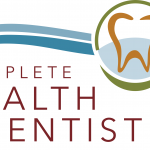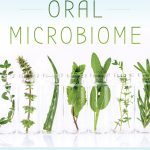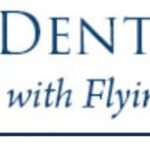
Challenge: To establish health through periodontal intervention per JP Institute protocols.
Background: A female with ADHD and panic disorder appointed to the office in early 2016. A referral to a periodontist was given resulting in the consultation recommendation of surgery for the extraction of all third molars with a fair prognosis. The patient scheduled, but later canceled the surgery and denied extraction of all third molars.
In Spring 2017, at age 25, the female returned to the o...
Read More









